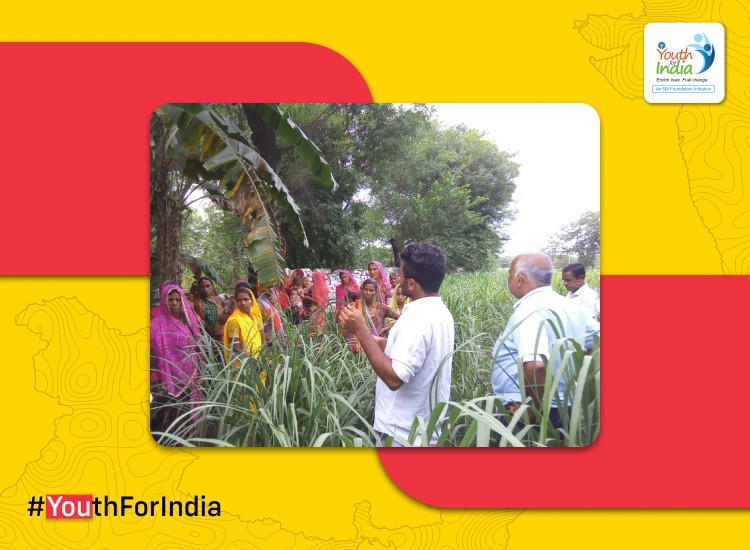
The Crisis of Farmer Suicides in India: Understanding the Issue and Exploring Solutions
A Personal Account of the Challenging Circumstances
This is not just a story—it's a true story. This is what I witnessed at the Agriculture Produce Marketing Committee market (APMC) in Shahapur, Thane. It was there that I truly understood the gravity of the situation faced by farmers, which differed from what the media portrayed. This experience led me to choose a project focused on working in the vegetable business.
The Background: A Glimpse into Farmers' Lives
Let's examine the background first. After months of hard work on the farm, it's time for a family to take their produce to the market. In this particular case, the farmer has cultivated Bottle Gourd (Lauki – Doodhi Bhopla-Sorekai: a variety made famous by Baba Ramdev).
The Story of Ram and His Struggles
The farmer has a 19-year-old son named Ram, who is currently on summer vacation from studying F.Y.B.A. His father asks him to go and sell the Bottle Gourd at the APMC market. Excited about the opportunity, Ram fills a "Bori" (a sack) with approximately 55 Bottle Gourds, weighing around 30-35 kg. He then places the Bori in a tempo and embarks on a 45-minute journey, paying Rs 20 for transportation and Rs 10 for his fare.
The Harsh Realities of the Market
Upon entering the bustling market, Ram encounters various traders engaged in active trading sessions.
Frustration and Disappointment in Trading
Ram approaches the first trader, eagerly stating the selling rate of Rs 4 per piece. However, the trader pays no attention and leaves without a second glance. As the day progresses, Ram faces more disappointments.
The Breaking Point
After a series of unsuccessful negotiations, frustration begins to take its toll on Ram. It's worth noting that these trading activities occur during peak summer in April, around 1 o'clock in the afternoon.
A Devalued Commodity
Eventually, Ram manages to sell the Bottle Gourd for a mere Rs 1 per piece. The emotional and financial strain he endures becomes evident when considering the costs involved.
The Financial Struggles: A Grim Reality
Let's delve into the numbers to understand the severity of the situation. Ram had to spend Rs 20 on transportation, Rs 20 on his to-and-fro fare, Rs 5 for the plastic Bori, and Rs 2 as APMC fees. In total, he had to spend Rs 47, while only earning Rs 55. After deducting expenses, he was left with a meager Rs 8 for his efforts of lugging around 30-35 kg of Bottlegourd. This calculation does not even account for the cost of pesticides, seeds, fertilizers, labor, and other expenses associated with farming.
Also Read: The Innovative Initiative of Gangaben’s Event Management SHG
The Desperate Consequences: Why Farmers are Suiciding in India
Considering these circumstances, one can understand why farmers in India are driven to desperate measures, including suicide. The lack of financial stability, mounting debts, and the inability to meet basic needs push farmers to the brink.

Exploring Solutions: How to Stop Farmers from Suiciding in India
Addressing the issue of farmer suicides requires comprehensive solutions. It is crucial to implement strategies that alleviate the financial burden on farmers and promote their overall well-being. Some potential measures include:
Also Read: The Plight of Migrant Child Labor in Rural India
The Future of Farming: A Bleak Outlook
After completing his graduation, will Ram choose to become a farmer or opt for alternative occupations such as a watchman, security guard, or doorman? The answer seems apparent, given the dire circumstances faced by farmers. However, with the implementation of sustainable solutions and comprehensive support systems, we can strive to create a brighter future for farmers in India.


